Jesse Dittmar on the art of the celebrity portrait
The photographer on why he still works with film, music as a tool, and the importance of being a proficient problem solver.
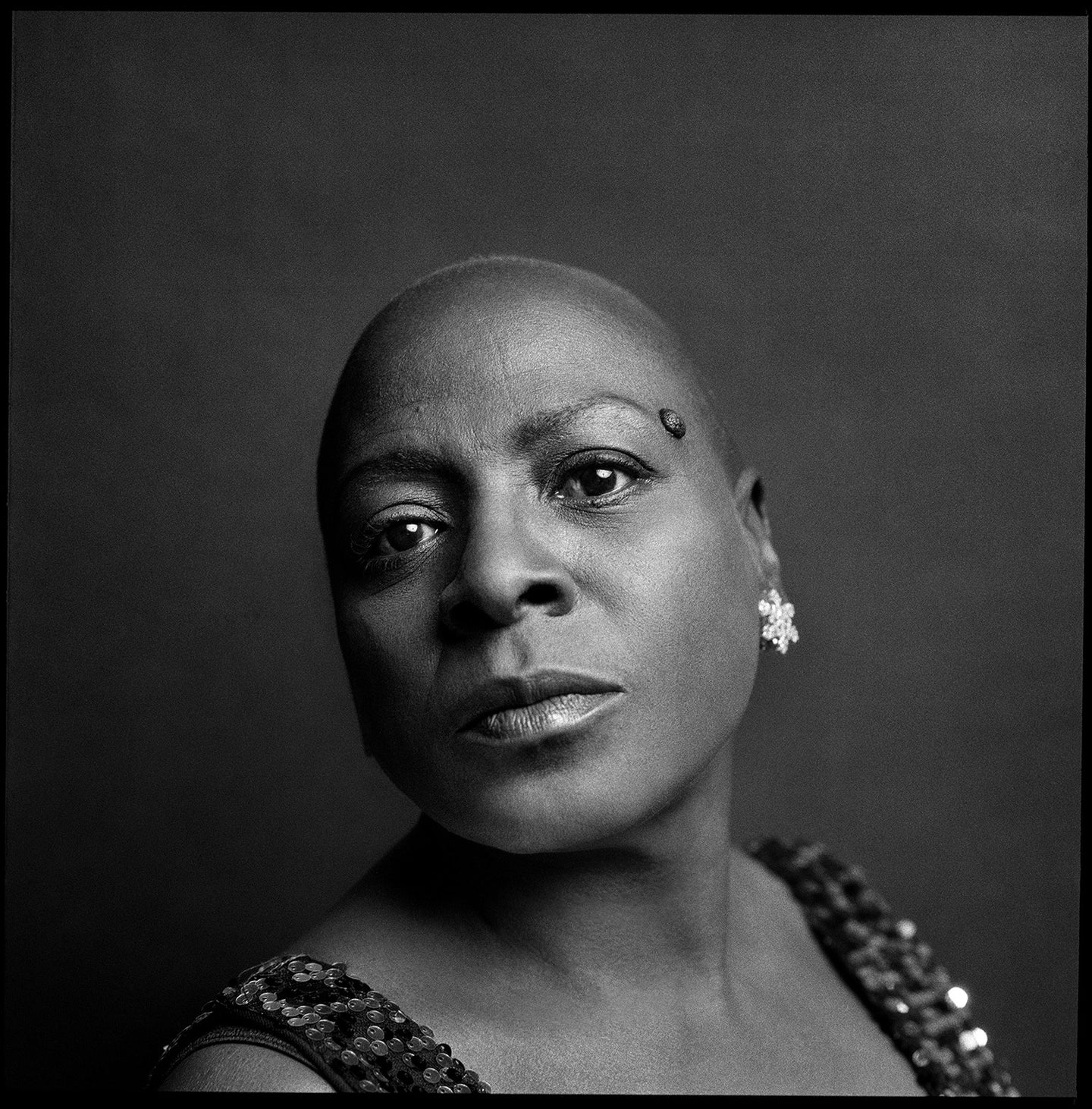
Celebrity portrait photographer Jesse Dittmar has probably photographed some of your childhood idols. He’ll admit that many of them, are his childhood idols as well. But, if you want to do the kind of portrait work that he specializes in, you’ve got to leave that fan mentality at the door.
Dittmar has been shooting high-profile celebrities since late 2013. Earlier this year he released a second-edition monograph of the images captured during the early years of his career simply called Work. It features simple, black-and white-portraits of some of the biggest figures in the entertainment world. We recently caught up with Dittmar to learn more about how he creates these striking celebrity portraits.
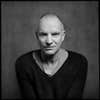
Sting
How did you get your start doing celebrity portraiture?
It’s the reason why I got into photography. I loved looking at photos by Avedon, Annie Leibovitz, Irving Penn, and all of the people who photographed the kinds of people that I now photograph. I was always gunning for the opportunity and finally someone gave me the chance. It was at the end of 2013, beginning of 2014 is when things really started to happen. I photographed a couple different people in a short period of time. I photographed Sharon Jones for the cover of the Village Voice, I photographed Adina Menzel for the cover of the arts section for The Washington Post and I photographed Mike Myers for the New York Times, all in a pretty quick succession. It just started going from there.
I was assisting for a long time before that, with really amazing photographers. I quit doing that cold turkey in 2012 and I didn’t have any work for almost two years. By the end of 2014 I had done 80 photoshoots. It was zero to sixty. There were a few key opportunities in the beginning, but then it was kind of like the flood-gates opened.
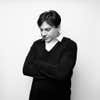
Mike Myers
Who were you doing assisting work before you started shooting?
I assisted for some of the best celebrity photographers that there are who are working right now: Annie Leibovitz, Martin Schoeller, Peter Yang, Ben Baker, Andrew Hetherington. I viewed assisting as a learning opportunity and I tried to get on any set that I could, and as many sets as I could. I was assisting on every single type of photo shoot that there could to learn as much as I could about the industry and the experience of being a photographer.
As an assistant you get to have such a wider variety of experiences.
Assisting is a different job than being a photographer, it’s not the same at all. Plenty of really good assistants are not going to make good photographers. And plenty of terrible assistants—I was a bad assistant in the beginning—make good photographers.
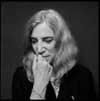
Patti Smith
The majority of the portraits in your book Work were shot on film using an old Hasselblad film camera—why do you like shooting with that camera?
I love using that camera, for so many reasons. It’s the first camera that I really bought with my own money. I bought it in high school and my photo teacher was a big Hasselblad user and I bought one because he had one. And I just keep using it. It’s the same camera. I love the optics. I love the mood that it puts the room in. It makes me go slower, it makes me slow down and think a lot more about making a picture, rather than being able to fire off a picture. I only use one roll of film per subject. It’s a personal project for me, every single one of those shoots, there are a lot of other scenarios and digital frames and other things that we were trying to do. What’s in the book represents my vision singularly, regardless of whatever else was shot in a day.
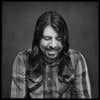
Dave Grohl
Tell me more about how shooting with that camera can change the mood in the room?
It’s a dual purpose tool for me. It’s way to help people to focus on what is going on because they are not used to it. With Courtney Love specifically, she has been photographed by every single photographer in the last thirty years. She has been photographed by Avedon, Herb Ritz, Leibovitz, everybody. So, when I broke out the film camera, she immediately snapped in. She knew what it was, she hadn’t seen one in a while, and she immediately snapped into, ‘oh this guy is serious and we are going to take a cool picture here.’ It serves the purpose of me being able to get a shot that I know I’m going to love, but it also services the rest of the shoot and gets a different level of engagement, I find. I give the film pictures to my client too. I give them what I think is the best stuff, and hopefully a variety of things that will work for them.
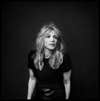
Courtney Love
At what point in the shoot do you pull out the Hasselblad?
Usually in the middle, but it depends on the shoot. The typical shoot is going to be somewhere in the twenty minute range and we are going to try to get a least three options, but more like five. You never know who is walking through the door and what kind of mood they are going to be in, or what the situation is going to entail. My general strategy is to break out the digital and make sure we get something The number one thing is that you need to get a great picture and you can’t squander the opportunity. You need to make sure you have something that is going to work. Then break out the film camera and try to up the level of engagement, and get a person interested in the talking point of it and get my film shot, and then go back to digital, feed off the energy that I got from using the tools that I was using and continue to make great shots. It’s not all in the film camera either, there are some many tricks and tools that I use in order to optimize the opportunity and time. It’s just one of the best tools that I use. It is such a direct cause of the work that I make.
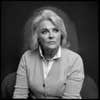
Candice Bergen
What are some other tools that you like to use to make these high profile people comfortable in front of the camera?
Music is such an important part of my process. The very first photoshoot I ever had I was playing music and honing playlists to figure out what worked for the situation. Music invigorates me, it inspires me, it keeps me going as a fuel. It helps me focus.
Music can also set the mood. Over the years I’ve learned what works for me and what works for my shoots for the most part. Those two playlists on my site, one is more mo-town, a lot of Al Green and James Brown, and the other one is a little newer, R&B and soulful music coming from Anderson .Paak and spring boarding off of him. We want music that gets people comfortable and gets people grooving and in a mood that allows them to engage in the process.
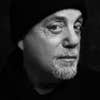
Billy Joel
How do you decide what playlist to use during your shoots?
I usually defer to the old school because it is really hard to find someone that isn’t into that. It depends on the room I’m in, if I’m outside or inside, it depends on who I’m photographing and what I think they are into. If I can do research on who I’m photographing and what they might be into, I might incorporate them into the playlist. We want people to feel comfortable and no one feels more comfortable than listening to music that they like. The old school playlist is the number one rotation, but you never know. It depends on the day. Both work equally well as they do, and I hate it when I’m not allowed to use music. It happens very rarely, but when it does it crushes my insides and kills my soul.
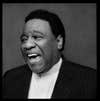
Al Green
In the book you talk a lot about how you are often photographing childhood idols, how do you prevent yourself from slipping into fan-boy mode while you are working?
You have to internalize those feelings before the shoot day even starts. I mean the biggest thing for me is all about conversation and what I’m going to talk to them about. I’m just not going to talk to them about fan boy stuff. I’m going to talk to them about people stuff. Sometimes it’s as simple as, what else have you been doing today. And what is going on. It’s a lot of personal interests, personal history or current stuff about what is going on in everyday life.
When you start talking about that kind of stuff with anybody, you get wrapped up in that conversation and you kind of forget about the albums and the movies and everything else you know about them, because you aren’t talking about it—and you don’t have an agenda to talk about it.

Jimmy Page
Number two is the pressure of needing to get a great portrait and actually working. No one is able to fan boy out and do their job at the same time. I’m focused on the work and I’m focused on trying to get someone like Sting engaged in conversation with me and engaged in the process. That is a challenge. I can tell you through experience, one way to not get people engaged is to talk to them about things that a million other people want to talk to them about. If you ask those questions you are going to get a brush off because they don’t want to talk about it, or you are going to get stock answers because they are answers that they have given thousands of times before that inherently bring out disengagement.
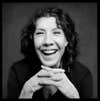
Lily Tomlin
Did it take a while to pick up those skills?
I learned how to do it growing up. My dad is a music agent for rock bands, I grew up going to rock shows, going backstage at rock shows since I was five years old. I would be put in these greenrooms with famous people and kind of just left to my own devices of talking to people. You learn from being in those rooms over and over again what makes an awkward conversation and what doesn’t. When you ask those kind of questions, you get this kind of answer. Without even realizing I was getting an education in small talk. I had forgotten that I had gotten that education, but as soon as I had my first shoot I realized it was familiar. I knew what it was. It all came back.
On my first shoot with Billy Joel—I’ve photographed him twice now—I asked for a picture with him at the end of the shoot, and as soon as I did that I thought,”what am I doing?” I know not to do that, I know that’s not the move, that’s not what is going to get me a better picture. I’ve never done it again, because it doesn’t serve getting the portrait. I also learned from my experience growing up, that’s just not what you do. It’s been an amazing education. I’ve come to the realization recently that is why I excel at this. Now I’m just going back and feeding off of the things that I’ve already learned and trying to apply them to make better pictures.
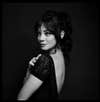
Vanessa Hudgens
What are some other things that you’ve picked up while doing this work with celebrities?
Always try to shoot first if there are other people scheduled to shoot or interview the same day. I tried to go first when I photographed the cast of Star Wars and the writer just straight up said no. Sometimes people make decisions that outrank you. I always try to go first because you are able to control more things when you go first. You think, maybe if I go second, you will have more time, they will stay longer, that isn’t what happens though. Go first, get what you need to get and don’t worry about other people making mistakes that could screw you up. Sometimes it doesn’t matter when you go though, if you have a giant curve ball—which will happen—it is all about being a proficient problem solver.
The funny thing is, you never really tell the photo editor. You never really tell the client if they aren’t there. It doesn’t serve the purpose. I wish there was a degree of difficulty score next to your pictures. You don’t get to revel in how much harder somewhere than others. It just doesn’t matter. It’s about if the picture is good. The difficulty doesn’t matter in the end. The difficulty of getting them sometimes really influences how you feel about them personally and how you feel about the day. That is one of the things I like about this job. It’s so crazy. The functional act of going and being a portrait photographer is the same, but so many things change, and so many things happen that you would never expect.
